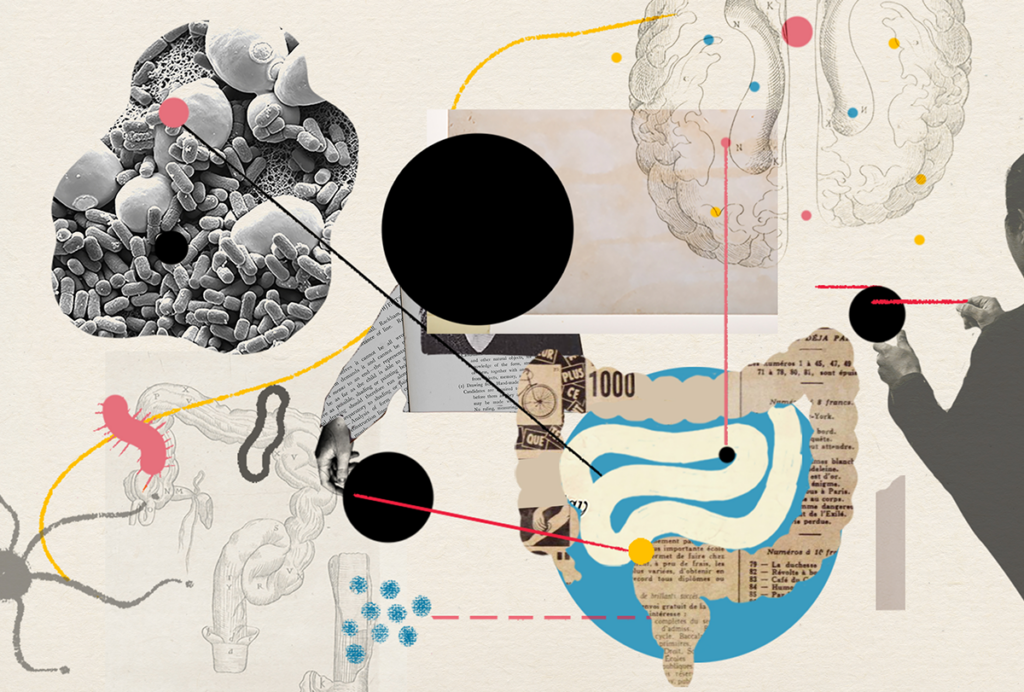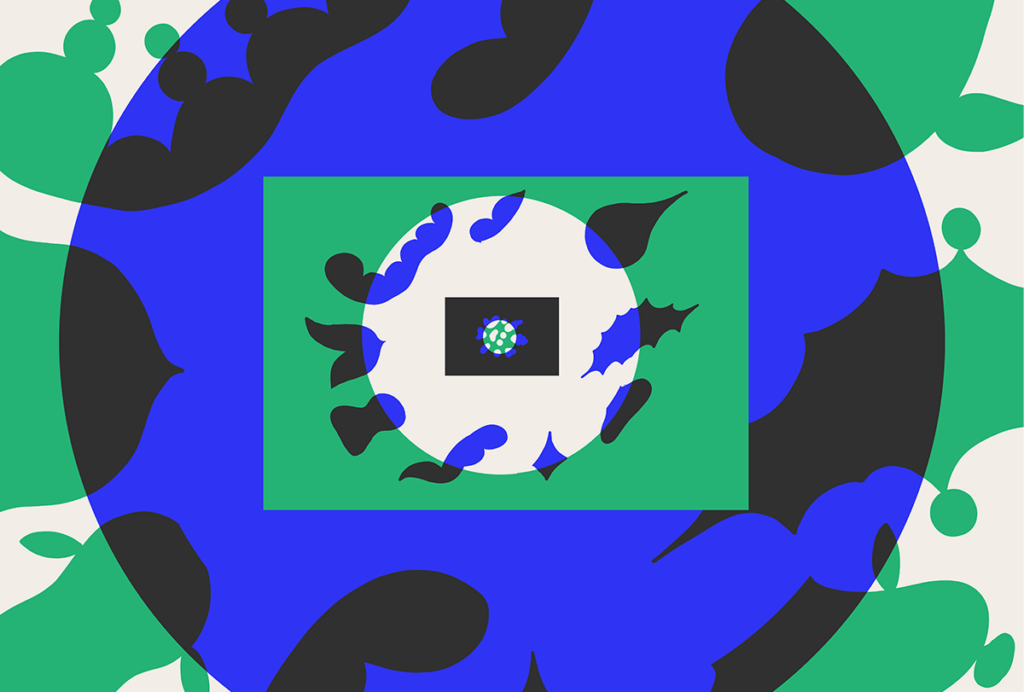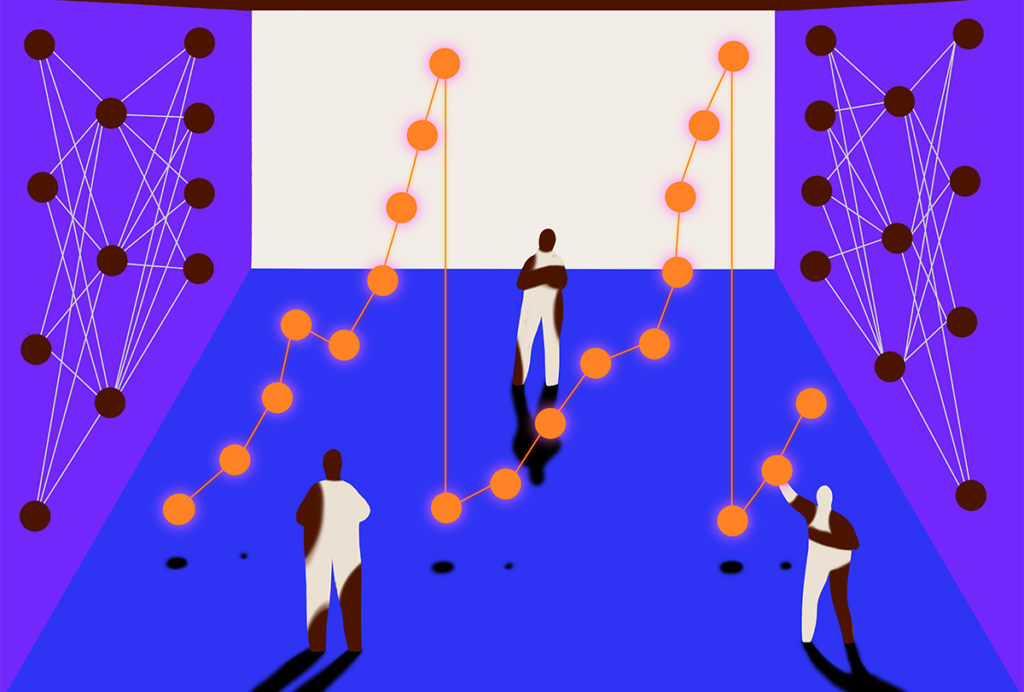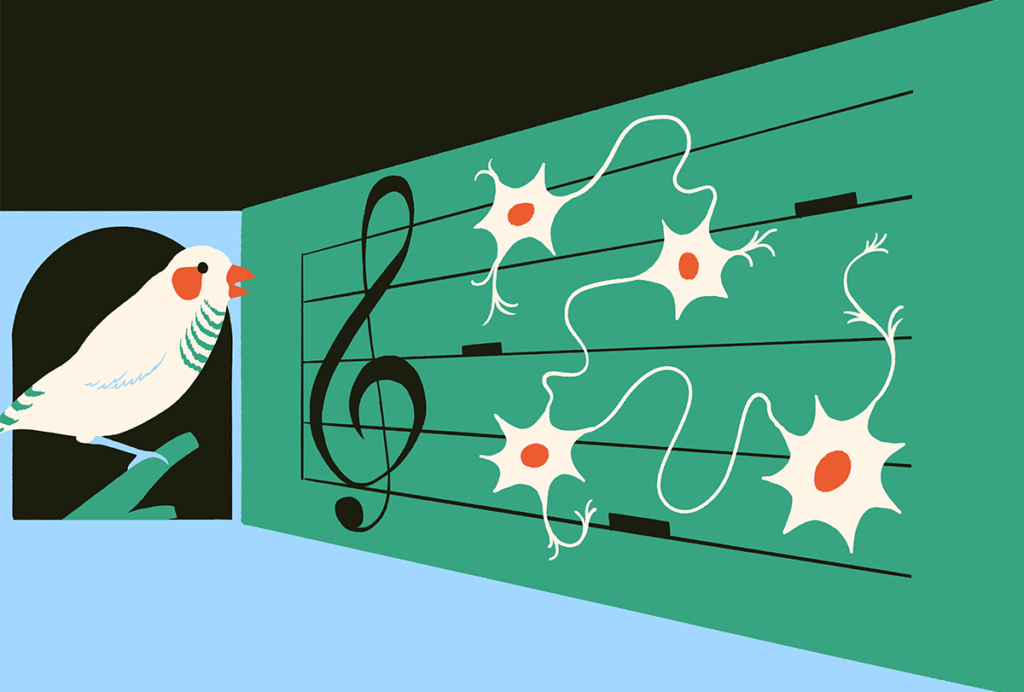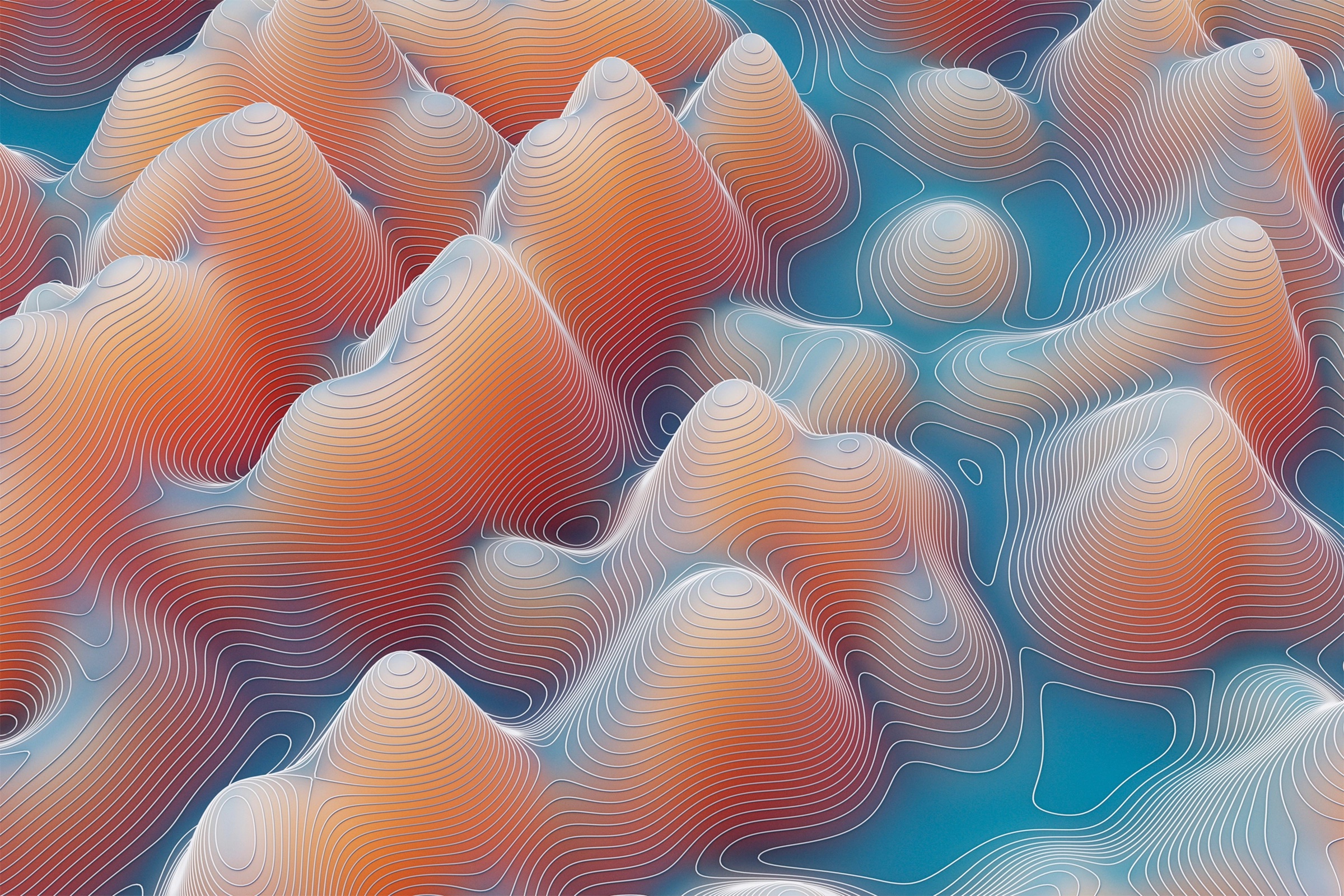
What is the state of neuroscience?
In this 2025 special report, The Transmitter surveys the research landscape: How is basic neuroscience changing, and where do its practitioners think it is headed?
EXPLORE THE REPORTFeatured
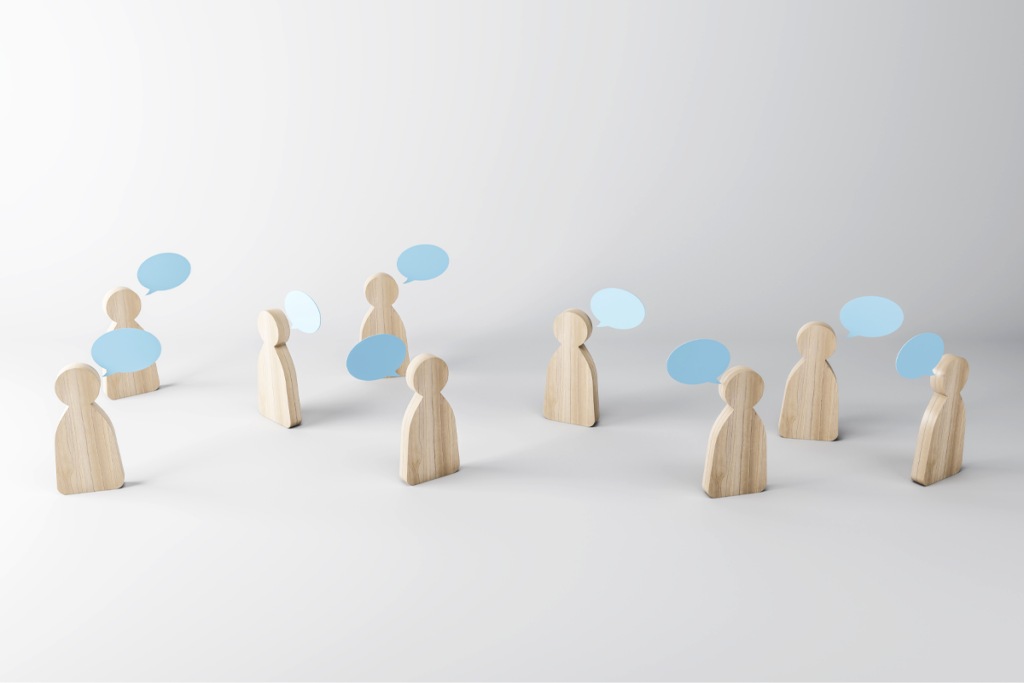
Autism scientists push back on CDC’s inaccurate vaccine claims
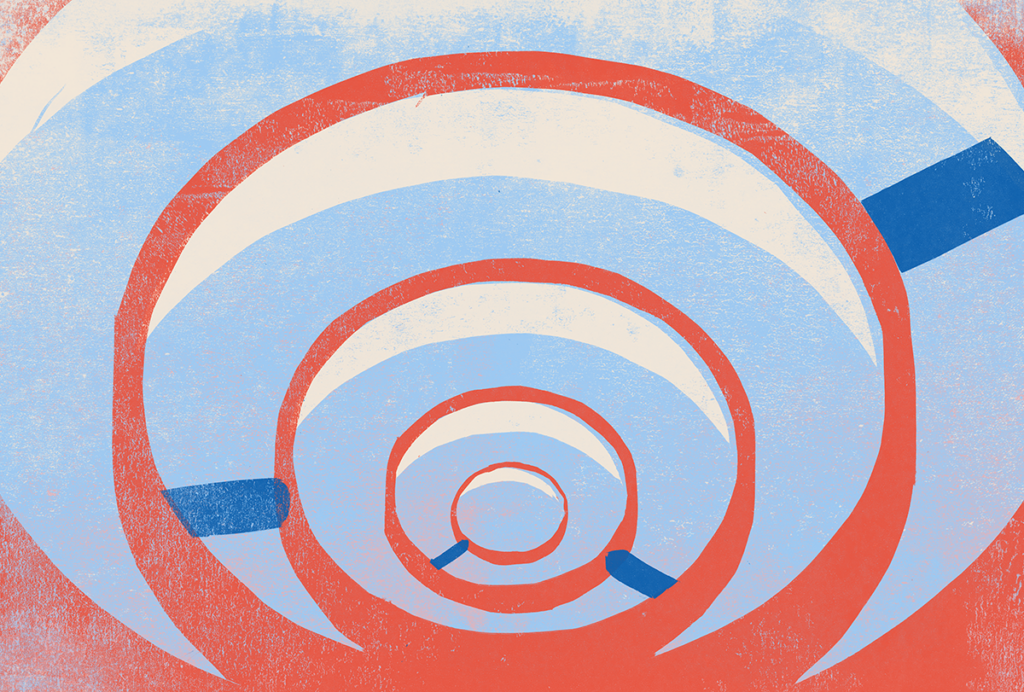
What are the most transformative neuroscience tools and technologies developed in the past five years?
How will the field’s relationship to industry change over the next decade? Will a larger neurotechnology sector emerge?
Today’s action potentials

”What we are seeing here is less-than-perfect rescue, but the good news is even if things are less than perfect, one can still ameliorate many major neurodevelopmental phenotypes. — KEVIN BENDER, PROFESSOR OF NEUROLOGY, UNIVERSITY OF CALIFORNIA, SAN FRANCISCO
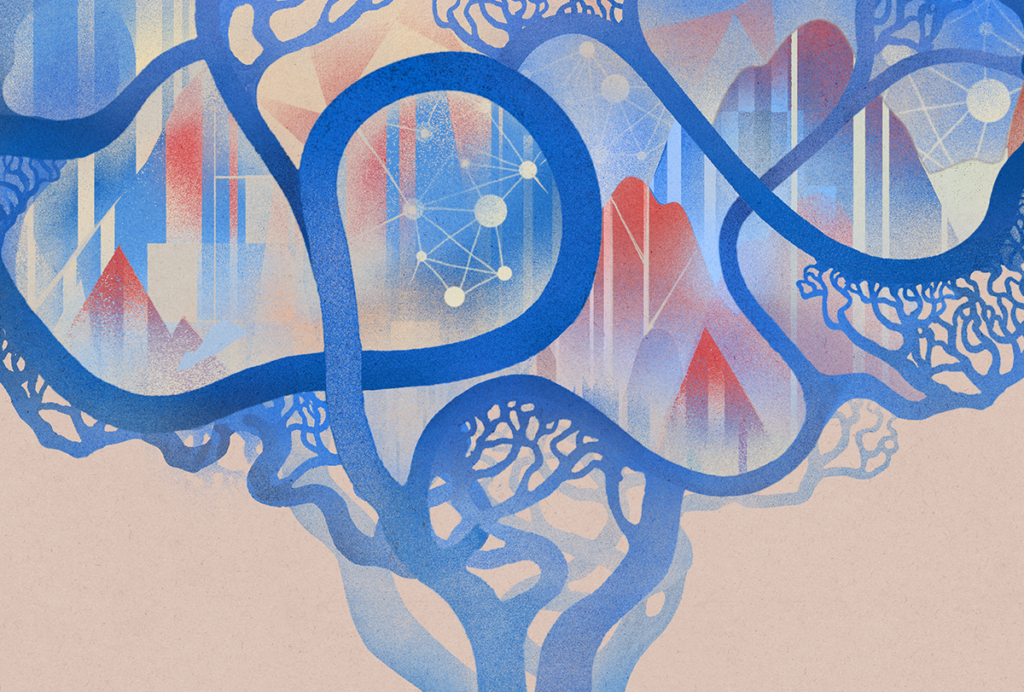
Tracing neuroscience’s family tree to track its growth
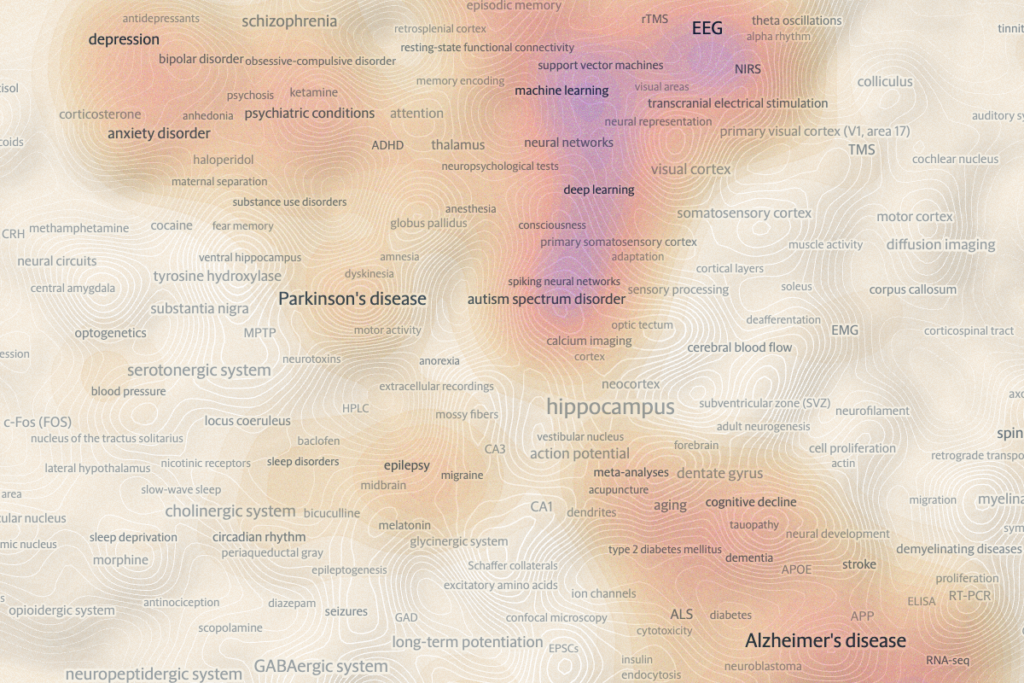
Putting 50 years of neuroscience on the map
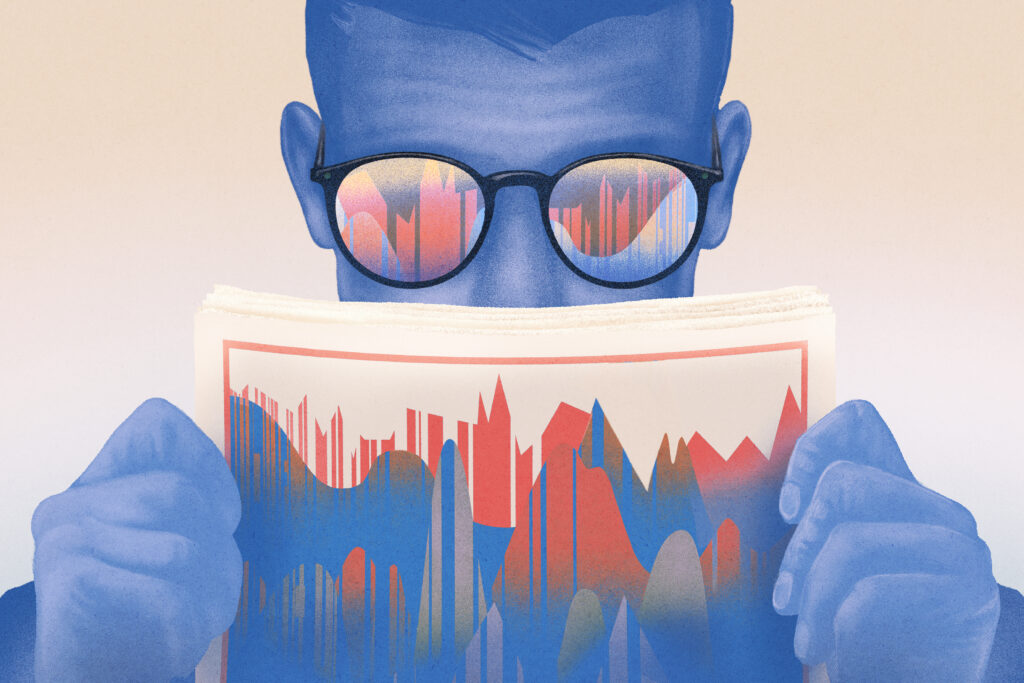
The buzziest neuroscience papers of 2023, 2024
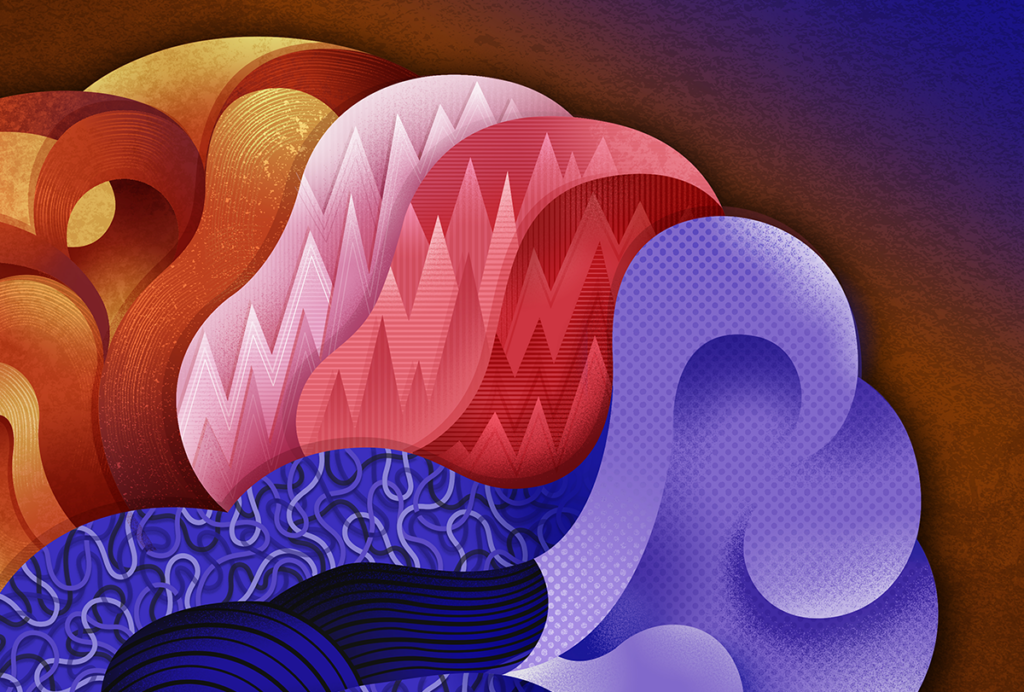
Perimenopause: An important—and understudied—transition for the brain
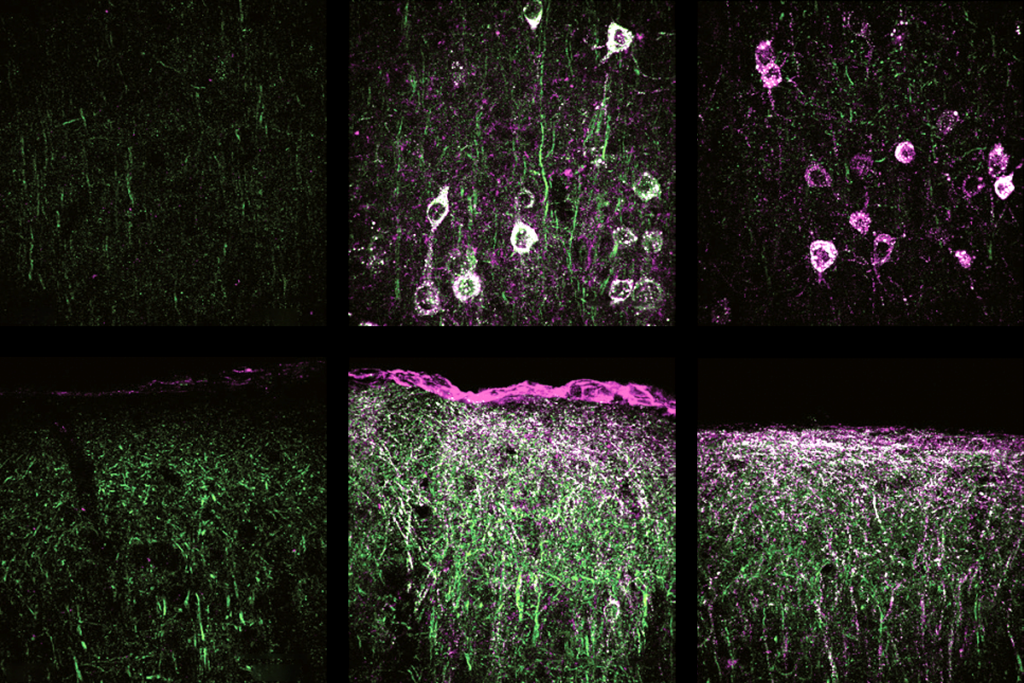
Gene replacement therapy normalizes some traits in SYNGAP1 model mice
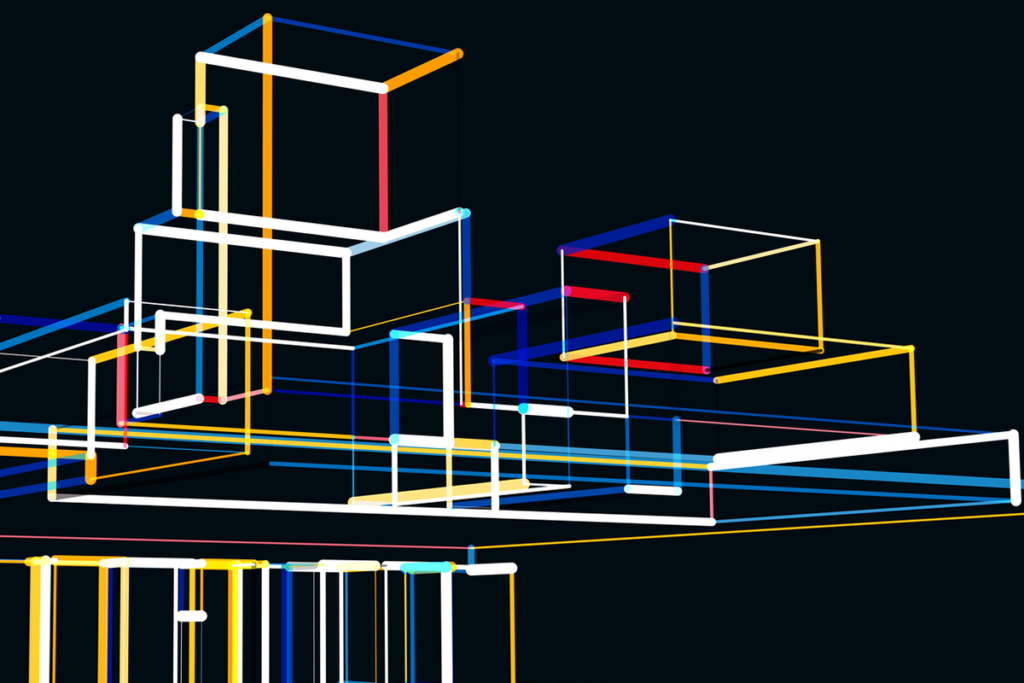
Neurophysiology data-sharing system faces funding cliff
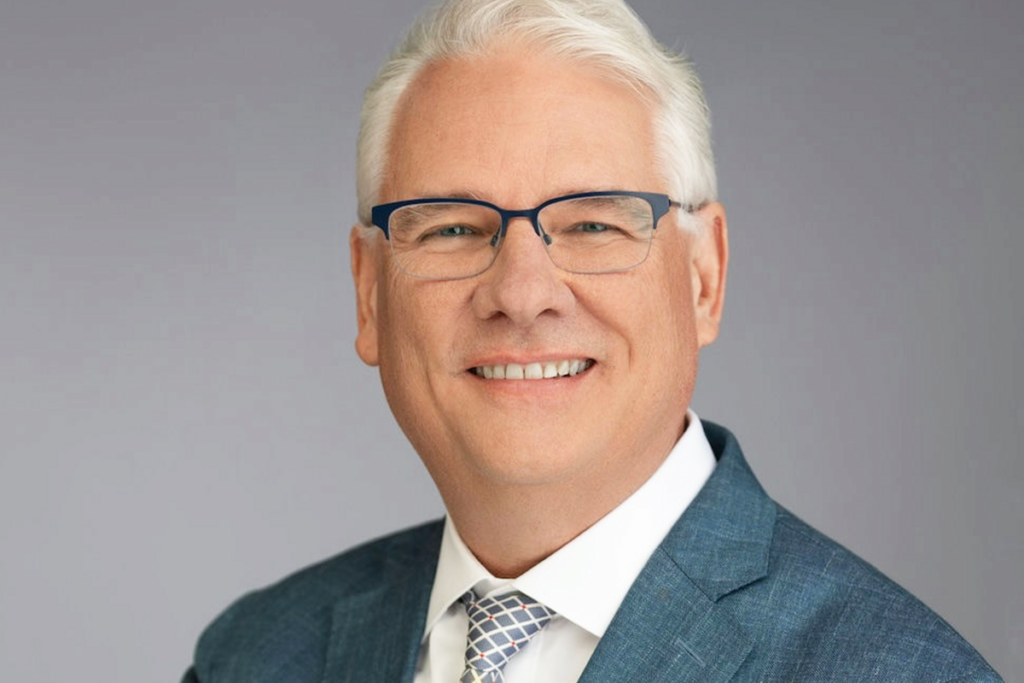
A change at the top of SfN as neuroscientists gather in San Diego

Establishing a baseline: Trends in NIH neuroscience funding from 2008 to 2024
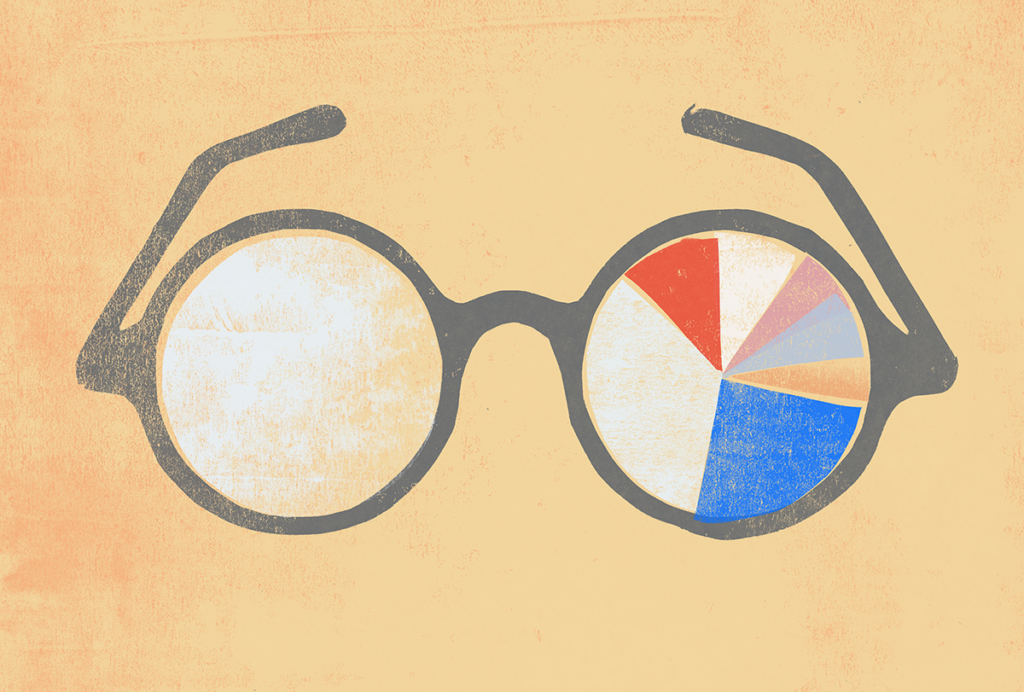
How have funding cuts affected early-career scientists’ futures?
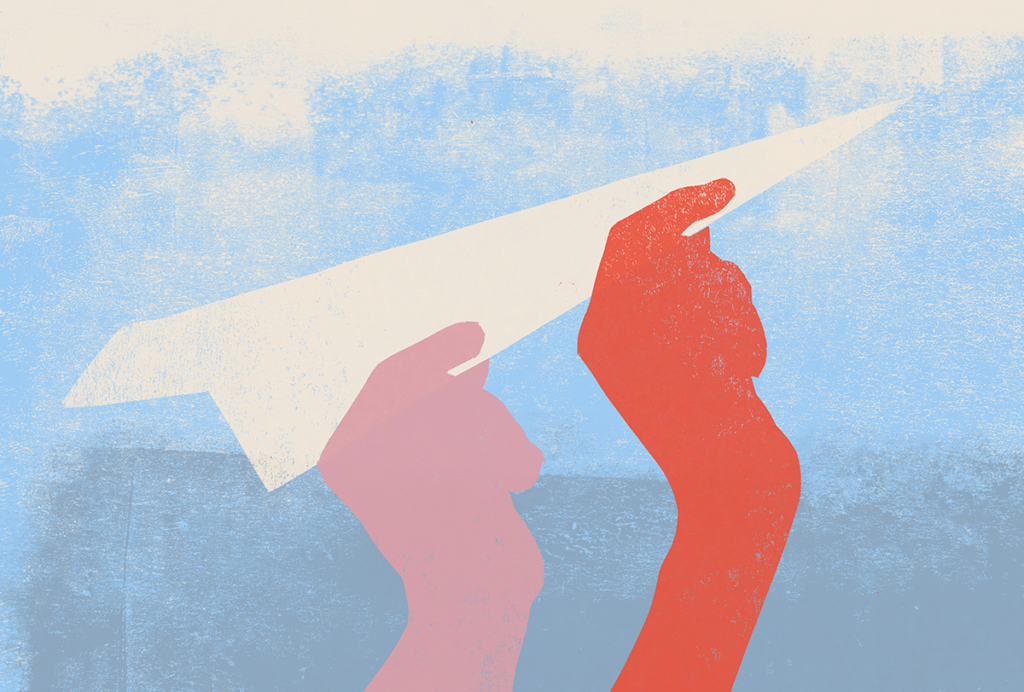
How will neuroscience training need to change in the future?

The Transmitter ’s Rising Stars of Neuroscience 2025
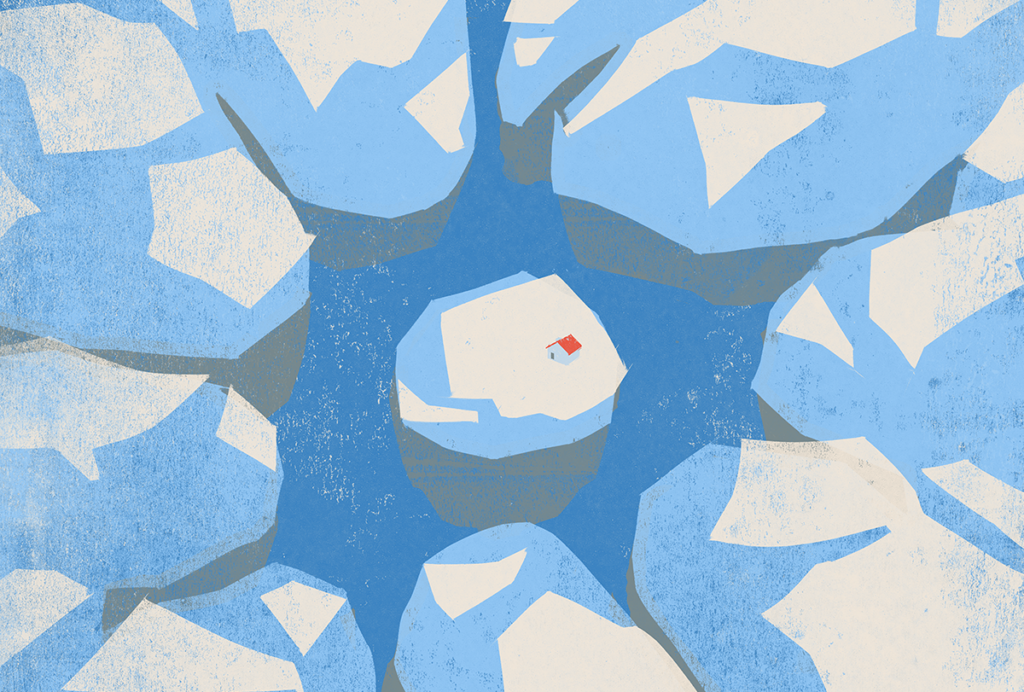
Is neuroscience a coherent field? Or is it becoming more fragmented?
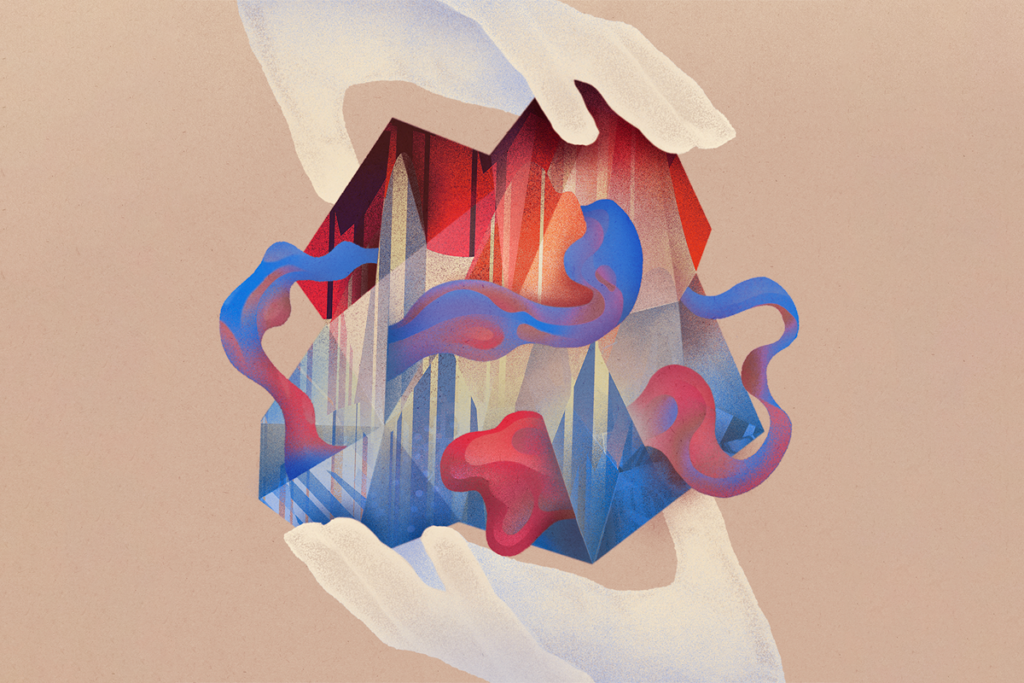
The state of neuroscience in 2025: An overview
The Transmitter presents a portrait of the field through four lenses: its focus, its output, its people and its funding.
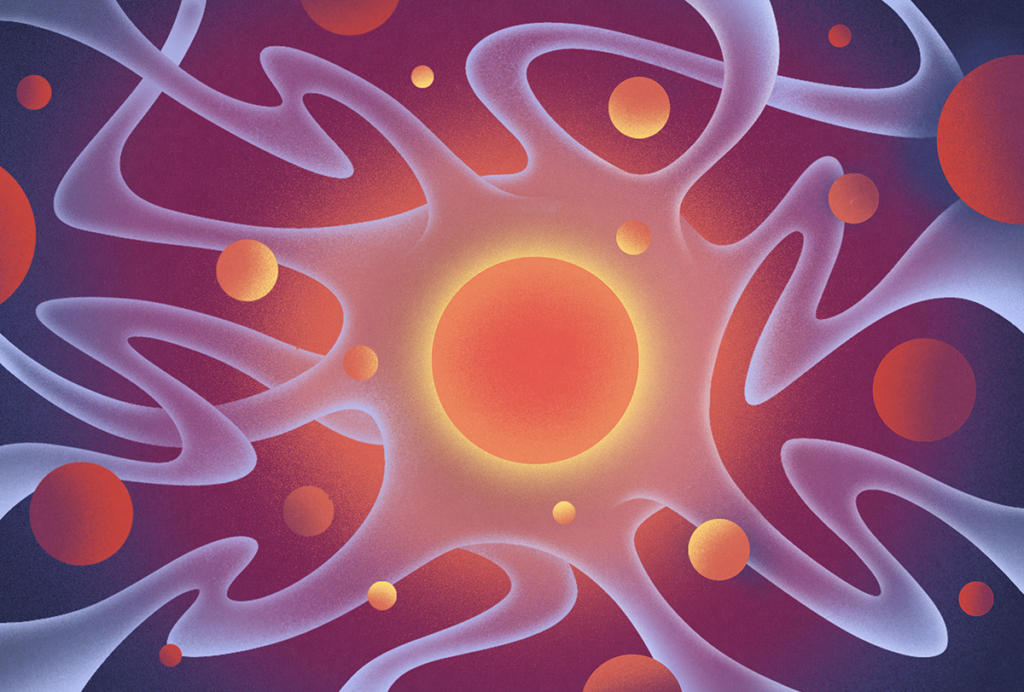
New questions around motor neurons and plasticity
A researcher’s theory hangs muscle degeneration on a broken neural circuit.
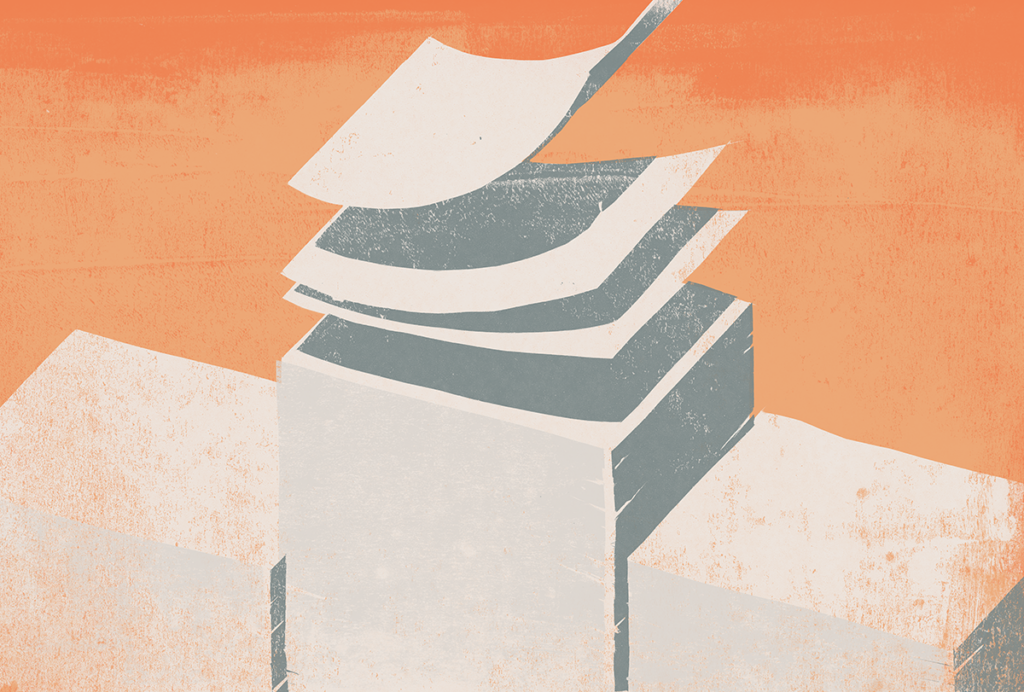
What are the most-cited neuroscience papers from the past 30 years?
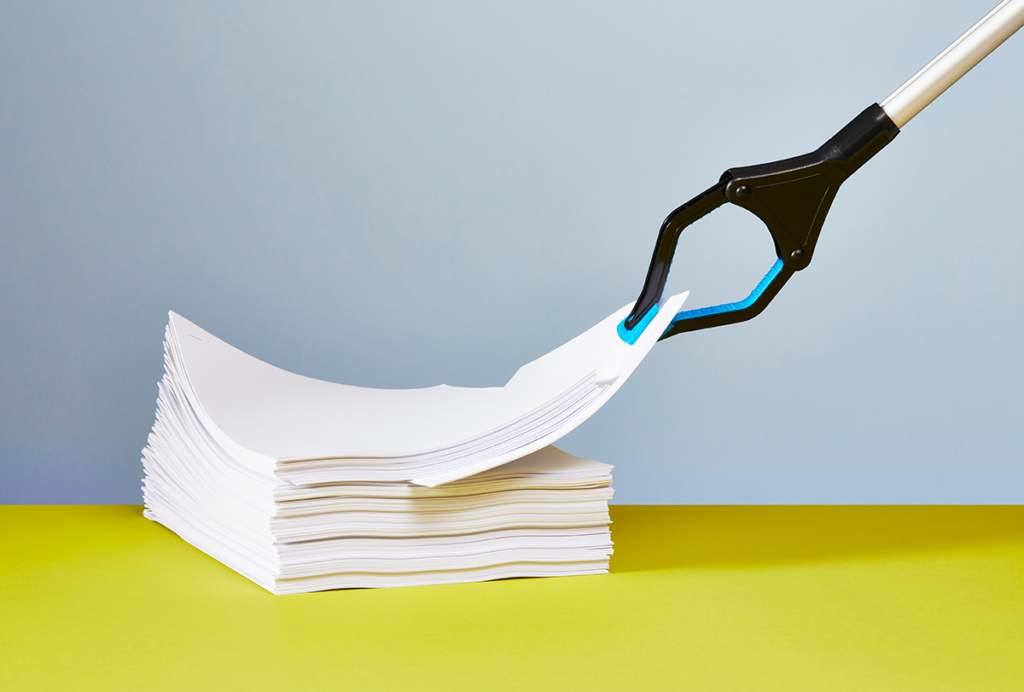
Journal retracts two papers evaluating ADHD interventions
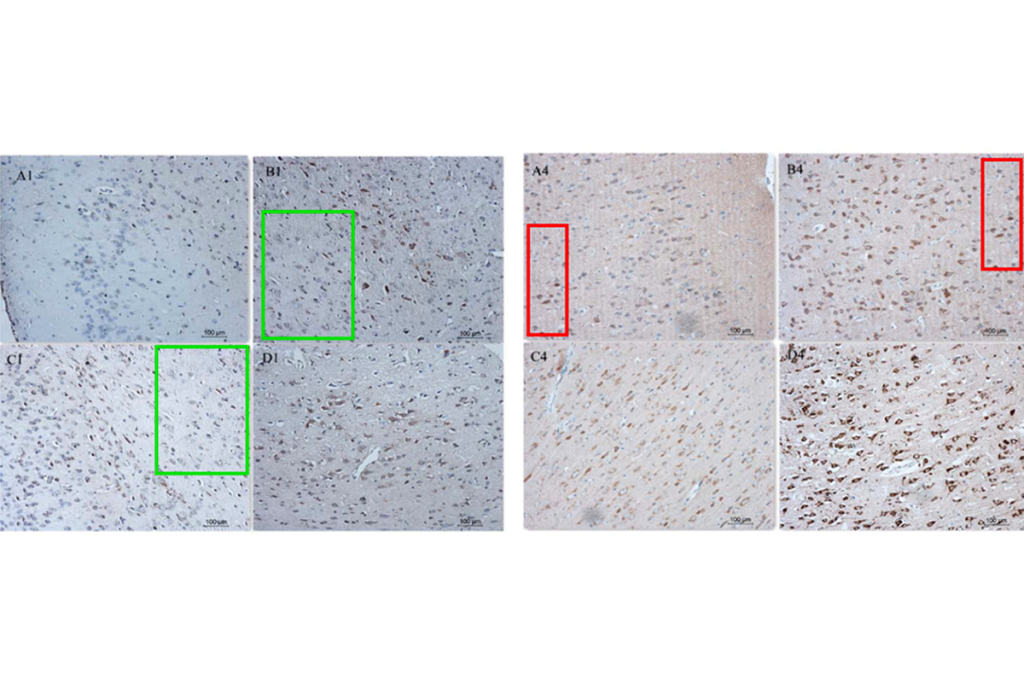
Image integrity issues create new headache for subarachnoid hemorrhage research
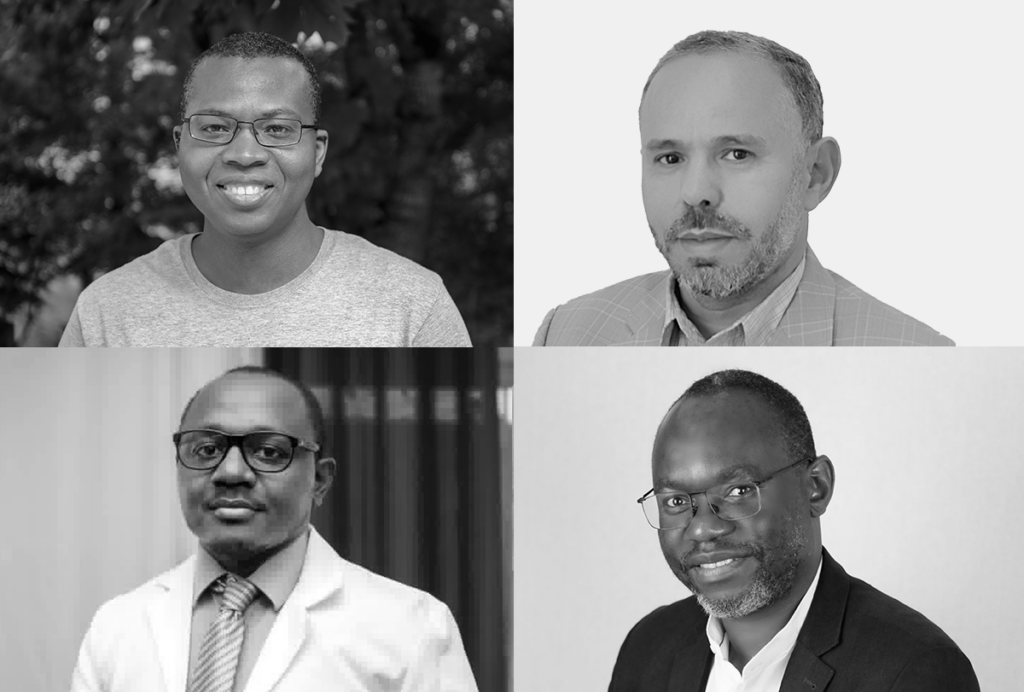
First Pan-African neuroscience journal gets ready to launch
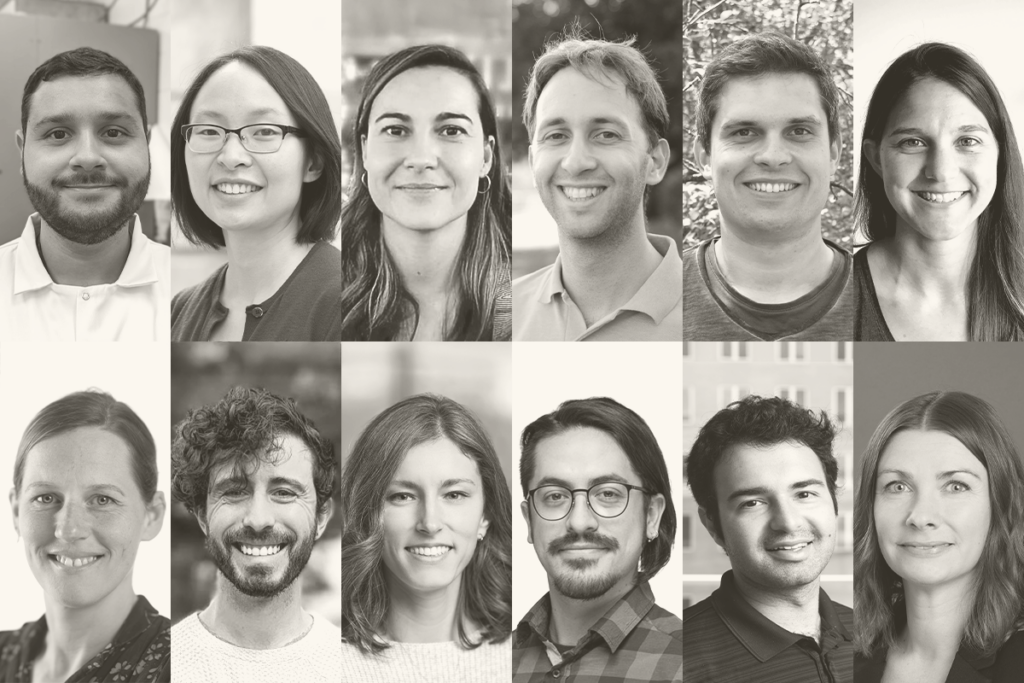
The Transmitter’s New Lab Directory
Learn about neuroscience labs launched in the past two years, plus a few opening their doors in 2026.
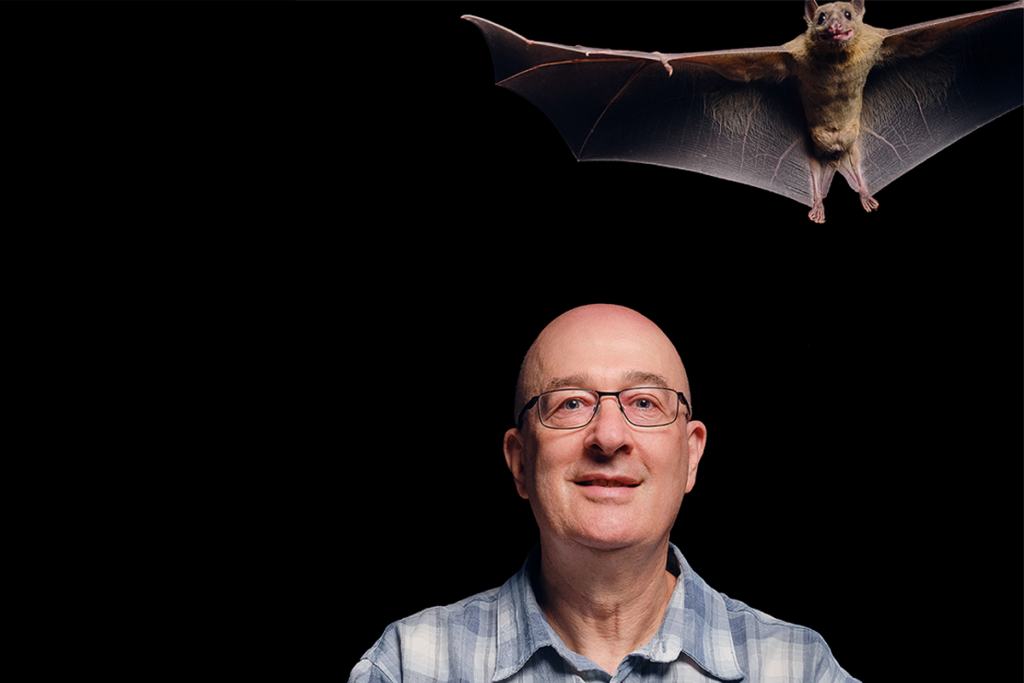
Diving in with Nachum Ulanovsky
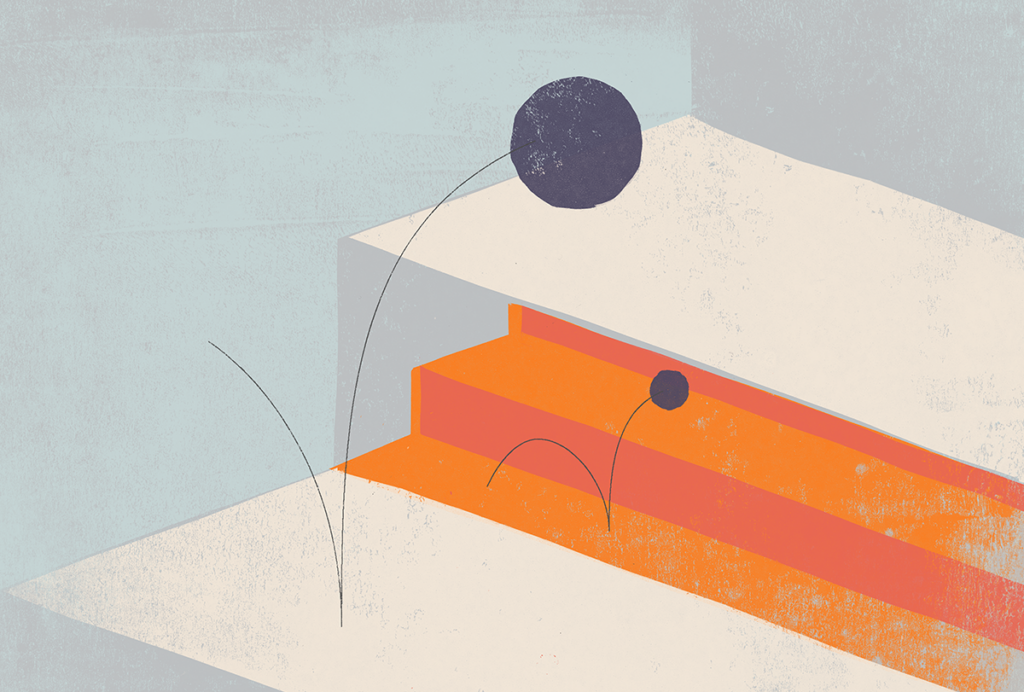
What are the fastest-growing areas in neuroscience?
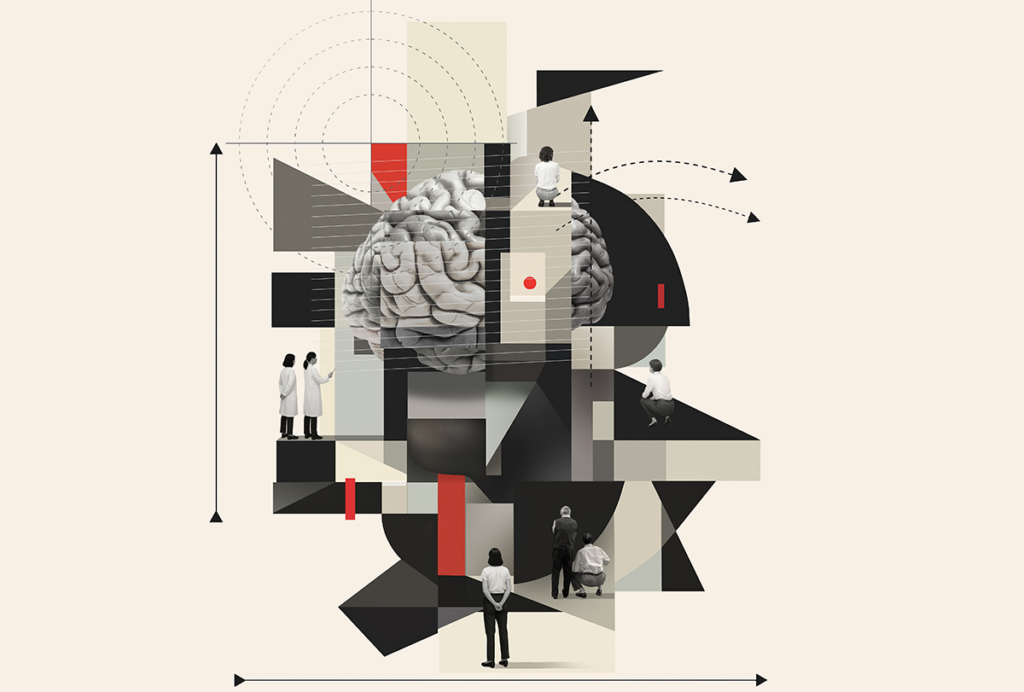
Neuroscience needs engineers—for more reasons than you think
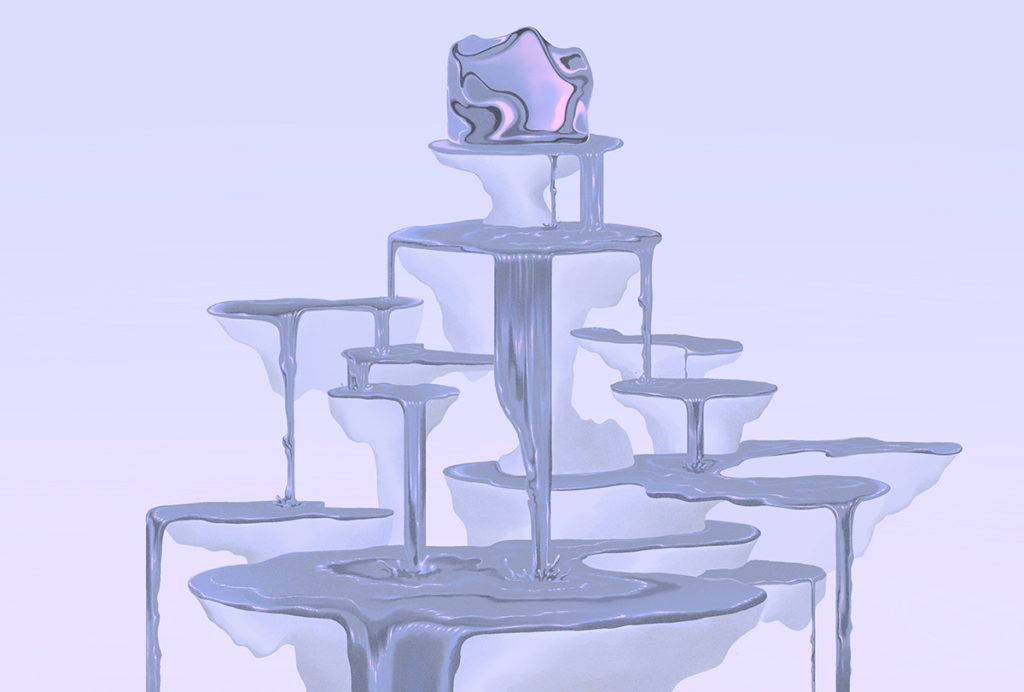
The missing half of the neurodynamical systems theory

The visual system’s lingering mystery: Connecting neural activity and perception
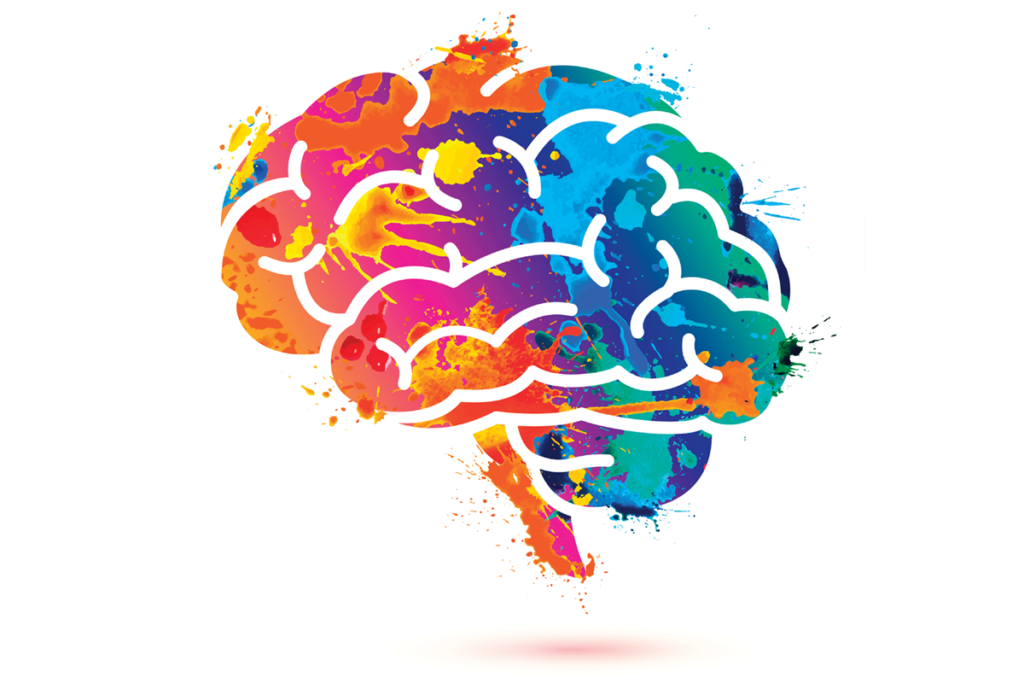
‘Neuroethics: The Implications of Mapping and Changing the Brain,’ an excerpt
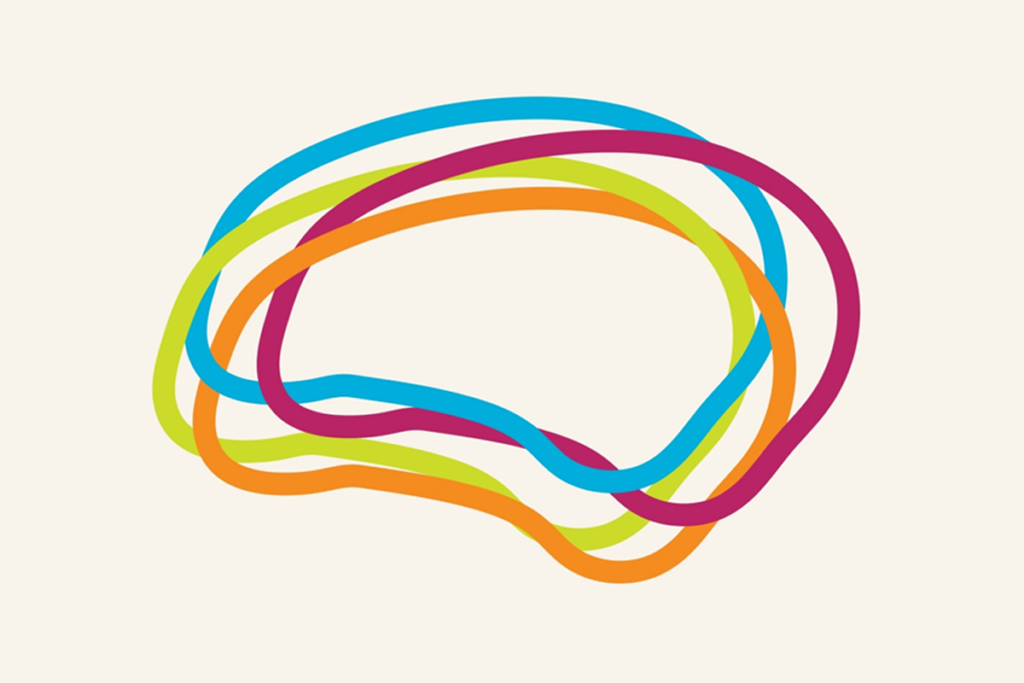
‘How to Change a Memory: One Neuroscientist’s Quest to Alter the Past,’ an excerpt
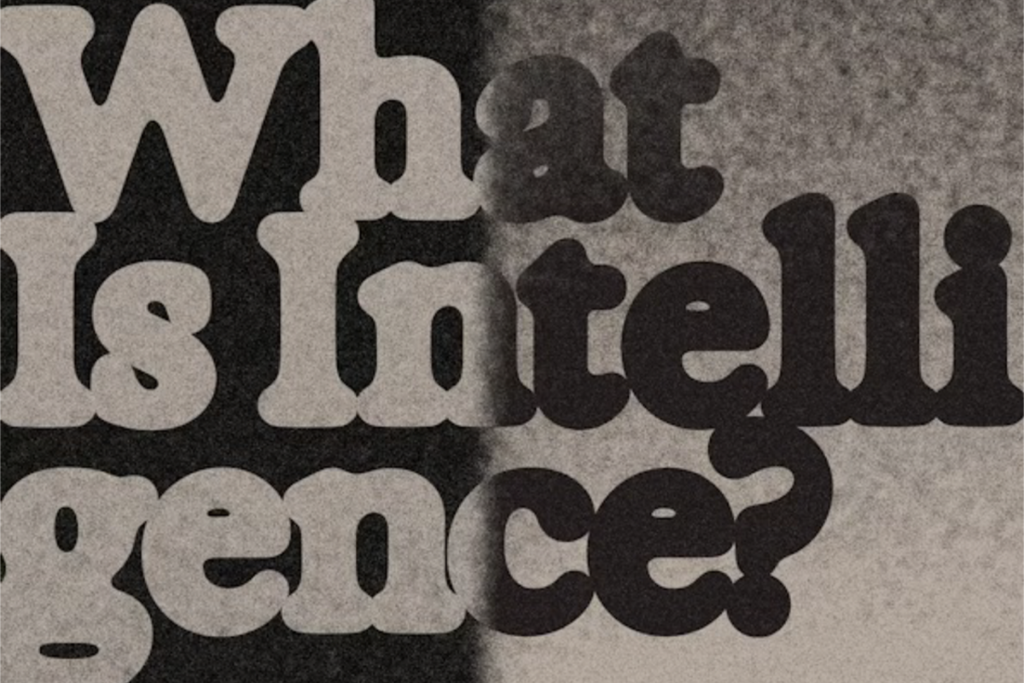
‘What Is Intelligence?’: An excerpt
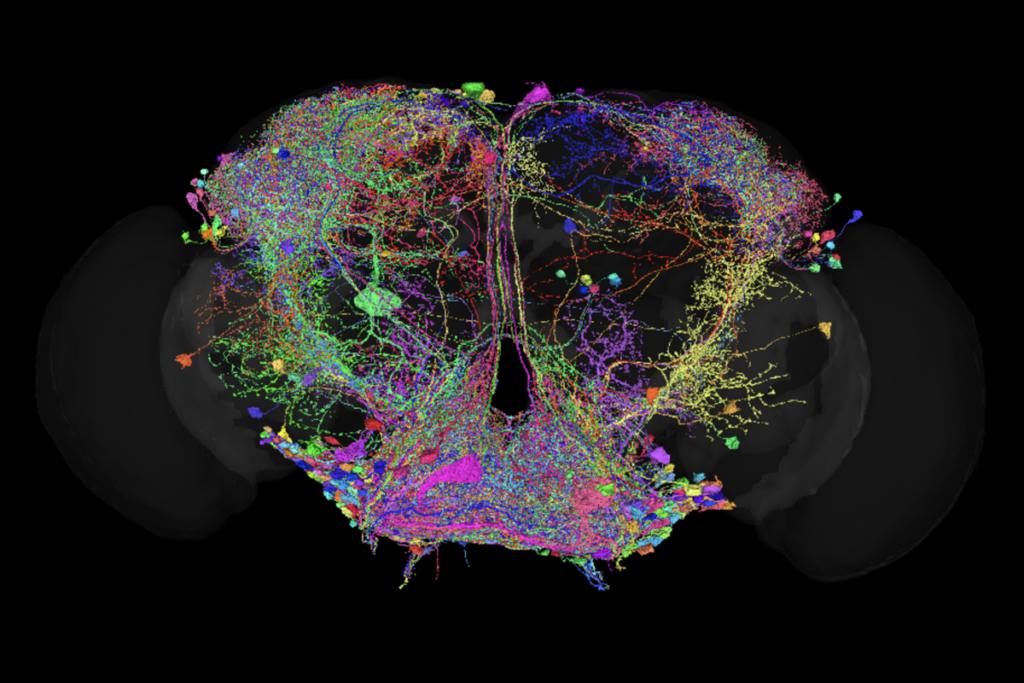
One year of FlyWire: How the resource is redefining Drosophila research
We asked nine neuroscientists how they are using FlyWire data in their labs, how the connectome has transformed the field and what new tools they would like to see in the future.
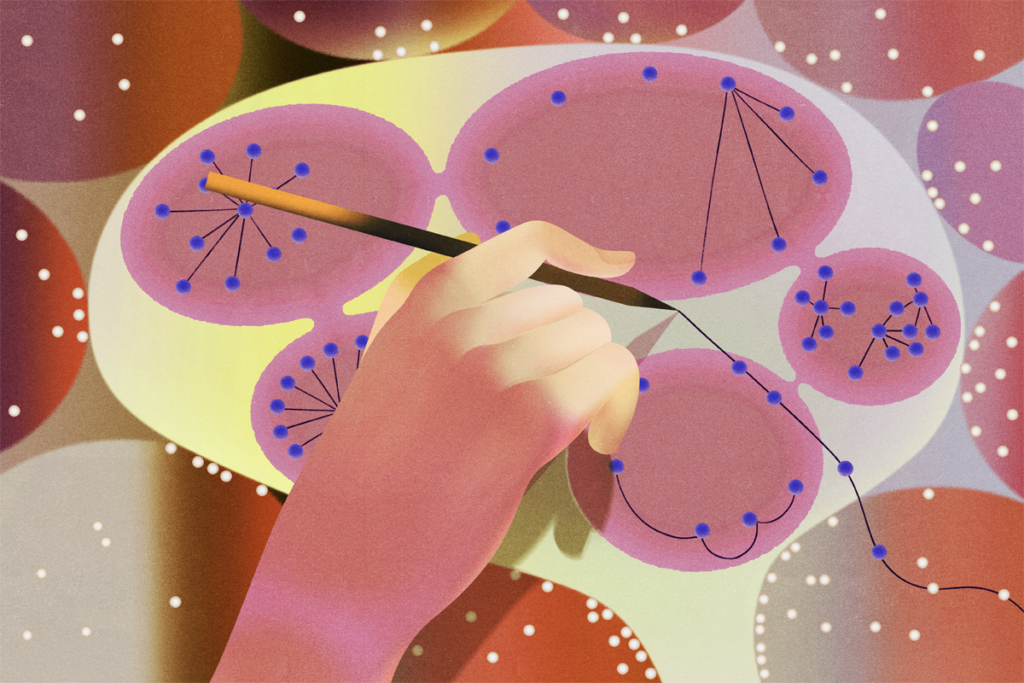
Beyond Newtonian causation in neuroscience: Embracing complex causality
The traditional mechanistic framework must give way to a richer understanding of how brains actually generate behavior over time.
